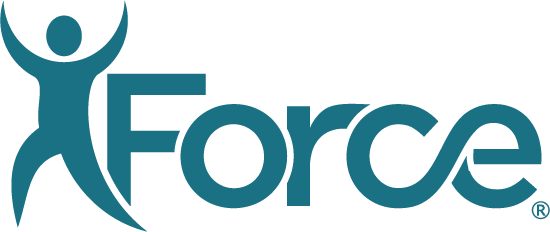With the COVID-19 public health emergency (PHE) winding down in the US in 2023 following a difficult few years, healthcare providers, executives, and administrators are increasingly concerned about their ability to provide high-quality care in the face of payment rules and regulations that continue to demand more for less amid an uncertain economic climate and unprecedented workforce challenges.
This is particularly the case when it comes to musculoskeletal (MSK) care, which the Centers for Medicare and Medicaid Services (CMS) has been gradually targeting as a significant cost burden on the overall healthcare system. According to the United States Bone and Joint Initiative (USBJI), more than half of adults in the US suffer from a MSK condition; in 2018, MSK conditions were shown to cost the US healthcare system $420 billion, making them the costliest chronic condition in the country. The USBJI has also demonstrated that treatment costs and lost wages stemming from MSK disorders increased by 131% and 220%, respectively, between 1996 and 2014.
In recent years, digital care solutions and remote care alternatives have emerged as a means of maintaining high-quality outcomes while reducing operational costs and time burdens on full-time resources, a trend that was accelerated by the COVID-19 PHE as providers sought out ways to continue providing care remotely.
However, hesitance surrounding the clinical efficacy and financial return-on-investment for digital and remote care solutions has hindered more widespread uptake. Much of this hesitance stems from a poor experience with the adoption of high-cost one-size-fits-all solutions or low-cost tools designed to be used in a single aspect of care; for many early adopters, such solutions were ultimately unable to achieve the requisite level of patient engagement or offer sufficiently high-quality education and enablement tools in order to produce meaningful clinical and financial impacts. These concerns were further highlighted as many of these companies opted to wind down their digital health operations or eliminate them as stand-alone services.
In the current landscape, some healthcare providers who have fully embraced a newer generation of digital health solutions–particularly those that cover an entire episode-of-care, offer speciality-specific service lines (such as for MSK), and have a proven track record of high patient engagement and validated ROI–are actively realizing the economic impacts of these solutions while maintaining or improving patient outcomes and satisfaction.
One such provider is Dr. Ahmad Siddiqi, Total Joint Surgeon from the Orthopaedic Institute Brielle Orthopaedics. Having implemented a full-suite MSK digital patient management solution, Dr. Siddiqi has identified substantial per patient cost savings across an episode-of-care for total joint arthroplasty (TJA) patients, including (but not limited to) those associated with office visits, outpatient/home-based physical therapy (PT), patient education, and patient communication. In addition, Dr. Siddiqi has been an early adopter of remote therapeutic monitoring (RTM) for many of his highly engaged patients and has received reimbursement from both public and private insurers for the RMT CPT codes first introduced by the CMS in 2022.
Recently Dr. Siddiqi presented his experience with how digital patient management and remote tools can enable substantial cost savings at every patient touch point across a whole episode of care. In the webinar hosted by by Force Therapeutics, you’ll learn more about Dr. Siddiqi’s experience and the value of digitally enabled care, including insights on:
- The costs of a traditional MSK episode of care, including pre-, peri-, and post-operative costs;
- How full-suite digital patient management solutions enable savings in several areas through education, PT, remote communication tools, readmissions, population health management capabilities, and RTM;
- Considerations for investing in digital care, such as key differences between PROMs-only applications, large-scale one-size-fits-all software, and full-suite specialty focused solutions, as well indicators and markers of effective digital solutions.
To access the webinar recording, complete the form below.



